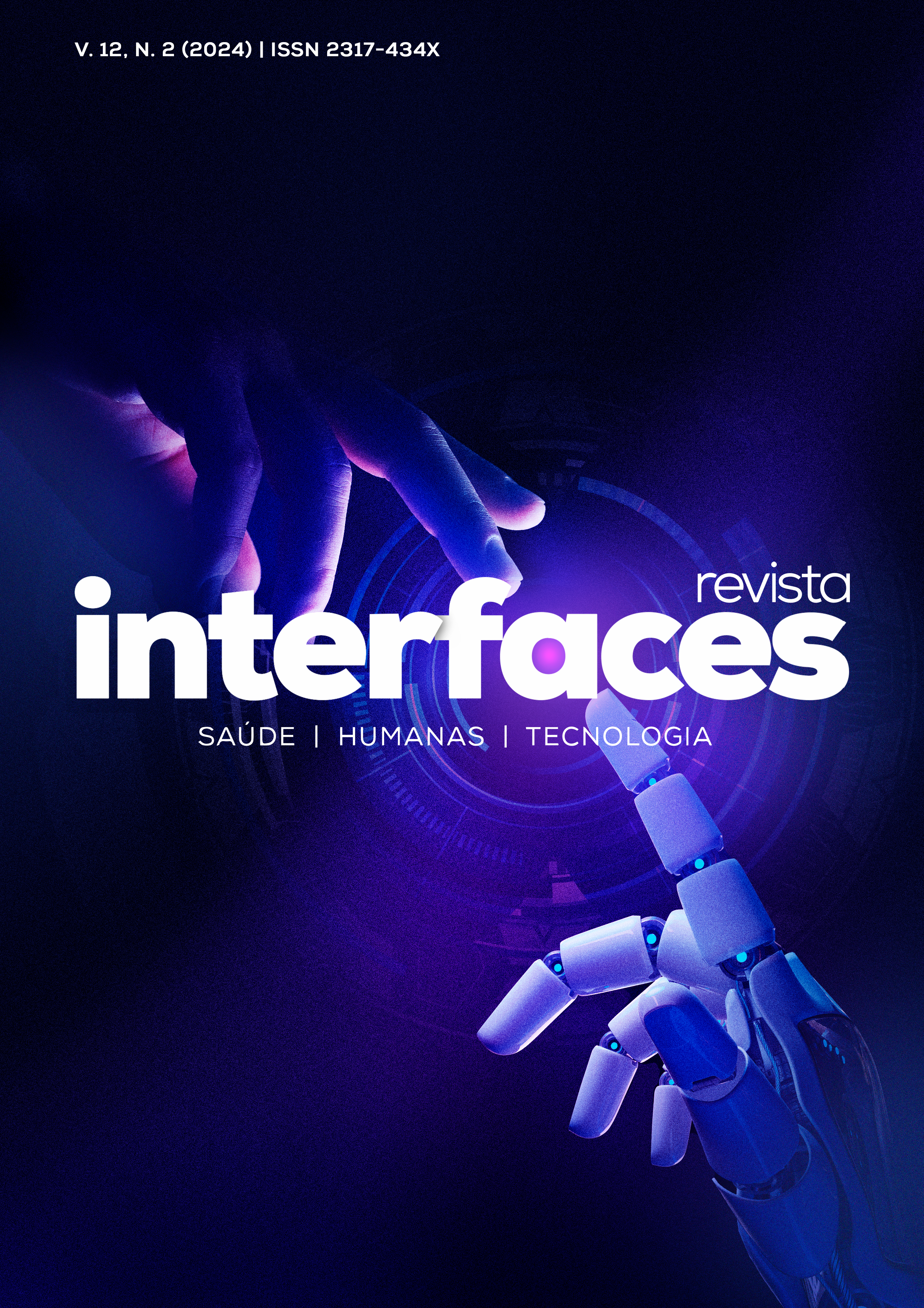SIMULADORES COMPUTACIONAIS NO ENSINO DE FÍSICA: ABORDAGEM PARA COMPREENSÃO DE REFERENCIAIS INERCIAIS E NÃO INERCIAIS
DOI:
https://doi.org/10.16891/2317-434X.v12.e2.a2024.pp4104-4112Keywords:
Referenciais inerciais e não-inerciais, Ensino de Física, Simuladores ComputacionaisAbstract
The use of information technologies is deeply rooted in contemporary society, manifesting itself through computers, smartphones, tablets and other devices. The school, reflecting this context, incorporates these technological tools as prescribed in government educational policies. In this scenario, we highlight the importance of visual technologies both in everyday life and in the educational environment. Our work aims to present, as a methodological tool, the creation and use of a computer simulator Referencial Girante, available free of charge, for teaching Physics in High School. The research focuses on exploring the concepts of inertial and non-inertial frames of reference, using knowledge of kinematics and dynamics, with an emphasis on fictitious forces - concepts traditionally little explored in the classroom due to teaching and learning difficulties, thematic complexity and the scarcity of traditional teaching resources. The computer simulator is presented as a learning object based on interactivity and visualization. The methodology involves the use of “canvas” in HTML, with programming in “JavaScript”, accessible in most browsers. The methodology was implemented at the Aderico Alves de Vasconcelos State Technical High School, in Goiana – PE, where technological tools were available. As a result, students identified with the tool, increasing interest, interaction between students and teacher, and participation in Physics classes. Students began to better understand the concepts of inertial and non-inertial frames of reference through the simulator, related to everyday events. We believe that the use of simulations can improve the understanding of Physics and strengthen students' teaching-learning relationship.

